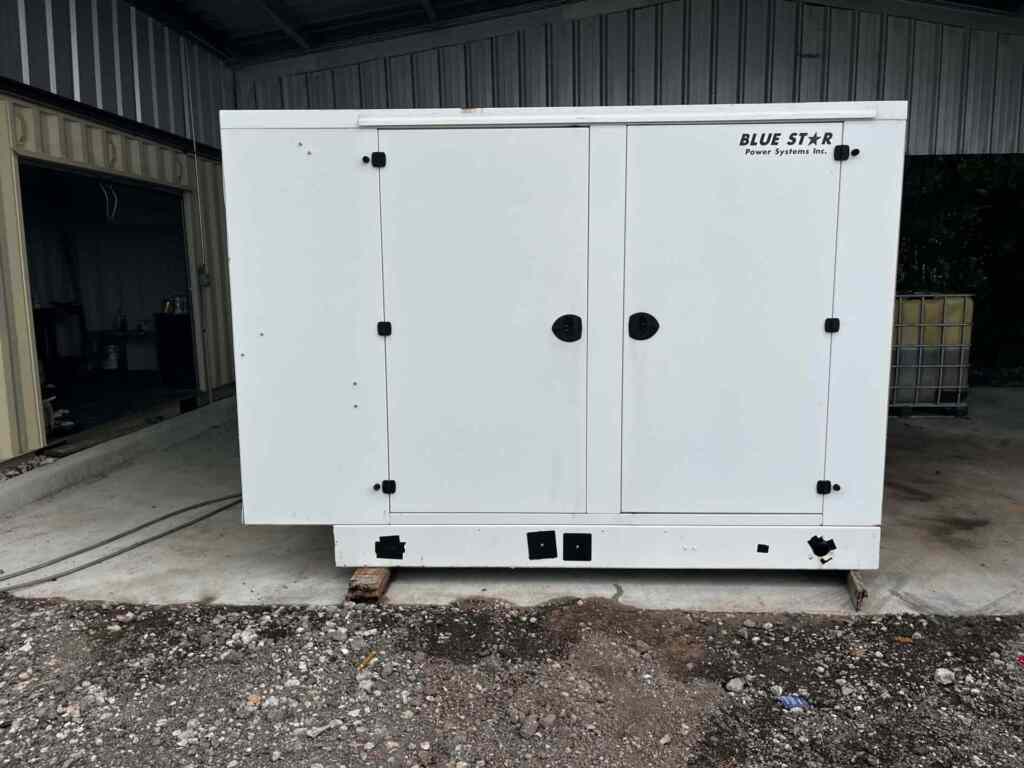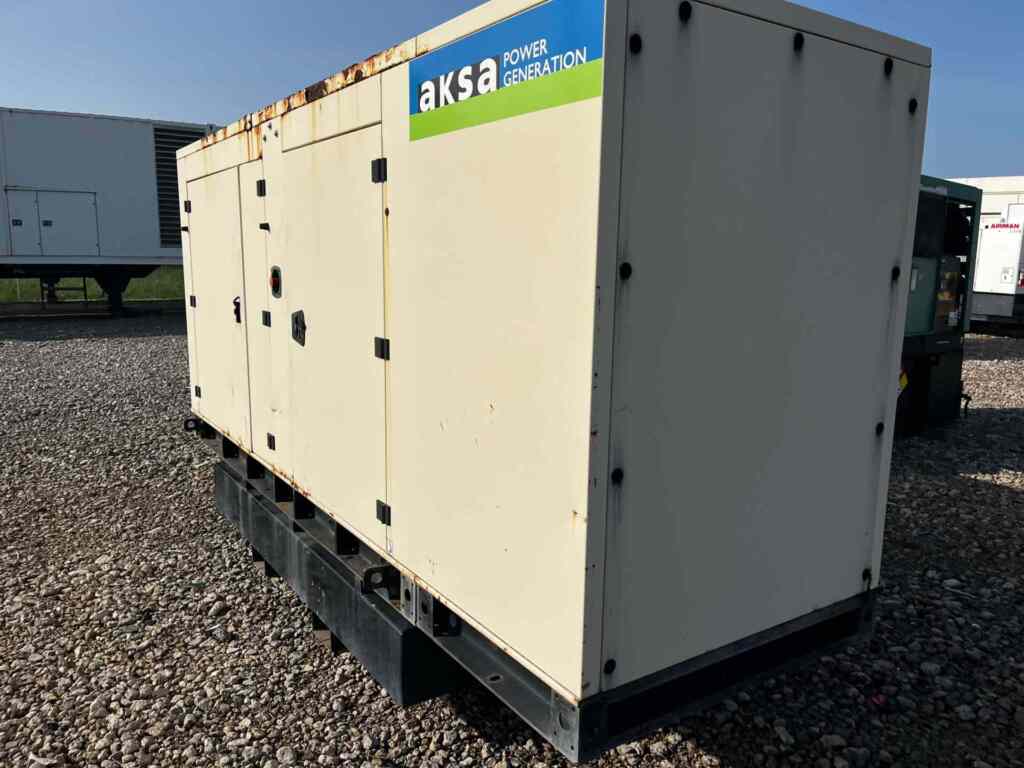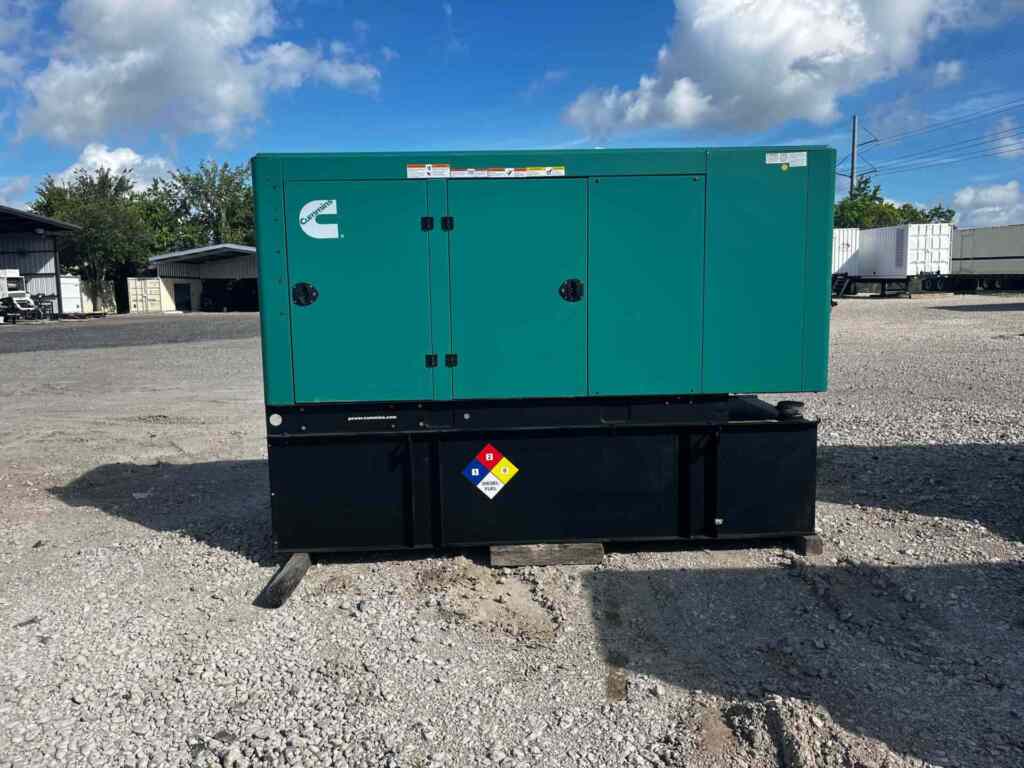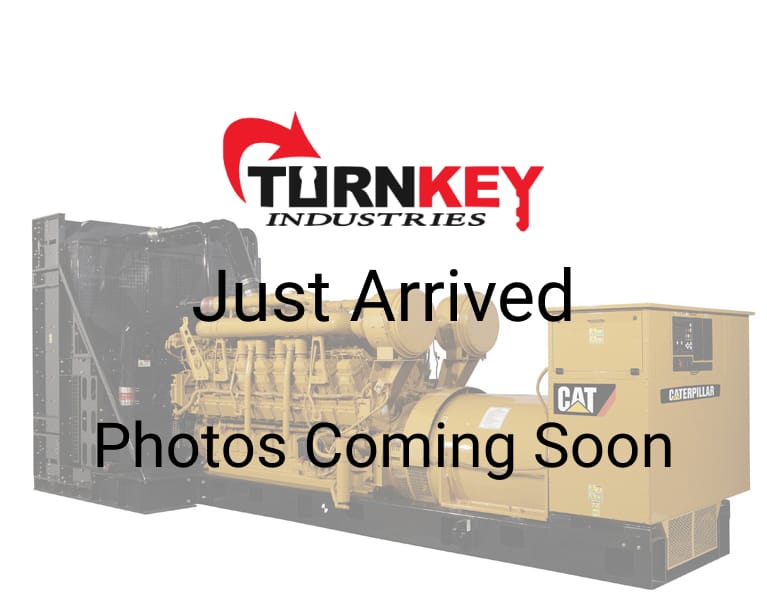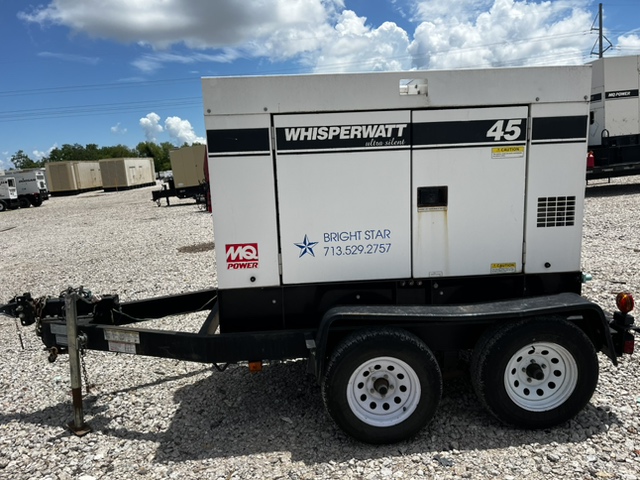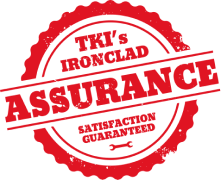Emission standards play a significant role in regulating air pollution produced by engines and vehicles. These standards help control the amount of harmful pollutants released into the environment. In the United States, states like Texas and Arizona have established specific emission regulations and tier ratings to ensure cleaner air and better public health.
What State Tier Ratings Mean
State tier ratings classify engines and equipment based on their emission levels. These tiers indicate how strict the emission controls are and help regulatory bodies enforce limits on pollutants such as nitrogen oxides (NOx), particulate matter (PM), carbon monoxide (CO), and hydrocarbons (HC). The Environmental Protection Agency (EPA) defines federal tiers, but states often implement localized tier systems or adopt federal standards with additional requirements.
Tier ratings generally progress from Tier 1 to higher tiers like Tier 4, with higher tiers representing stricter emission limits. Each tier reflects improvements in technology, such as advanced exhaust treatment systems, to reduce pollutants.
Federal vs State Emission Standards
The EPA sets federal emission standards for engines and vehicles, but individual states may adopt these standards or impose more stringent rules. Some states, including California, Texas, and Arizona, have specific programs to address local air quality concerns. Understanding the interaction between federal and state rules is important for manufacturers, fleet operators, and businesses relying on heavy equipment.
Key Pollutants Controlled
- Nitrogen Oxides (NOx): Contribute to smog and respiratory problems.
- Particulate Matter (PM): Fine particles that penetrate the lungs and cause health issues.
- Carbon Monoxide (CO): A harmful gas that reduces oxygen delivery in the body.
- Hydrocarbons (HC): Precursors to ozone and smog formation.
Texas Emissions Regulations Overview
Texas follows EPA emission standards but has implemented a state-wide tier system for non-road diesel engines used in industries such as construction, agriculture, and power generation. The Texas Commission on Environmental Quality (TCEQ) administers the regulations to reduce air pollution in areas with elevated ozone levels.
The state tier ratings in Texas categorize engines based on emission performance. For example, Tier 1 engines were phased in starting in the mid-1990s, followed by Tier 2, Tier 3, and the most recent Tier 4 standards. These tiers require progressively lower emission limits through better engine design and exhaust treatment technologies.
Texas also enforces periodic emissions inspections for vehicles in certain counties with air quality concerns. The state has specific programs targeting diesel-powered equipment to ensure compliance with tier requirements, often linked to grant programs or operational permits.
Texas Tier Ratings Summary
| Tier | Implementation Period | Key Emission Limits | Application |
| Tier 1 | 1996–2000 | Baseline emission limits for NOx, PM, CO, and HC | Non-road diesel engines |
| Tier 2 | 2001–2005 | Lower NOx and PM than Tier 1 | Non-road diesel engines |
| Tier 3 | 2006–2010 | Further reductions in NOx, PM, and HC | Non-road diesel engines |
| Tier 4 | 2011–Present | Most stringent limits with advanced emissions controls | New non-road diesel engines |
Arizona Emissions Requirements Explained
Arizona’s emission standards reflect federal EPA regulations but include specific rules tailored to the state’s air quality challenges, especially in urban areas like Phoenix and Tucson. The Arizona Department of Environmental Quality (ADEQ) oversees vehicle emission testing and enforces requirements on stationary and mobile sources.
Arizona’s tier ratings align closely with federal levels but also feature additional inspections for gasoline-powered vehicles in high pollution zones. For heavy-duty and industrial engines, Arizona mandates compliance with applicable federal tiers and occasionally supplements these with state-specific rules targeting ozone-forming pollutants.
Arizona emphasizes regular maintenance and emissions inspections to ensure engines meet standards throughout their operating life. This approach helps prevent older, high-polluting engines from remaining in use without proper emission controls.
Arizona Emission Programs
- Vehicle Emissions Testing: Required in select counties for gasoline and diesel vehicles.
- Non-Road Diesel Regulations: Applies federal tier limits for new and rebuilt engines.
- Inspection and Maintenance (I/M): Programs targeting pollution reduction in metropolitan areas.
- Voluntary Retrofit Programs: An initiative that encourages the installation of emission control technologies on older engines.
How Tier Ratings Affect Businesses and Equipment Choices
Companies that use industrial equipment, generators, or vehicle fleets must consider tier ratings and emission standards when purchasing or operating machinery. Complying with state tier ratings helps avoid penalties and supports environmental sustainability goals.
Engines meeting higher tier ratings often feature advanced technology, such as selective catalytic reduction (SCR), diesel particulate filters (DPF), and exhaust gas recirculation (EGR). These technologies reduce harmful emissions but may come with higher upfront costs. However, they can provide benefits such as improved fuel efficiency and eligibility for incentives.
Understanding Texas emissions regulations or Arizona emissions requirements is critical for equipment buyers, operators, and fleet managers. Selecting equipment certified to appropriate tier levels ensures legal operation and aligns with local air quality programs.
Comparison of Texas and Arizona Emission Approaches
| Aspect | Texas | Arizona |
| Regulating Agency | Texas Commission on Environmental Quality (TCEQ) | Arizona Department of Environmental Quality (ADEQ) |
| Focus Areas | Non-road diesel engines, vehicle inspections in select counties | Vehicle emissions testing, non-road diesel compliance, I/M programs |
| Tier Ratings | State-specific tier system aligned with EPA tiers 1-4 | Primarily follows federal EPA tiers with state-specific testing |
| Enforcement | Inspection programs, operational permits, and grant compliance | Vehicle testing, maintenance requirements, and retrofit incentives |
| Additional Programs | Diesel emissions reduction grants, equipment replacement incentives | Voluntary retrofit, inspection, and maintenance in metro areas |
National Trends in Emission Standards and Tier Ratings
Across the country, emission standards continue evolving with increasing focus on reducing greenhouse gases and fine particulate matter. The EPA’s tier ratings serve as the foundation, but states tailor requirements based on local air quality conditions.
Emerging trends include:
- Stricter limits on NOx and PM emissions for both on-road and non-road engines.
- Increased use of cleaner fuels and hybrid or electric engine technologies.
- Programs encouraging retrofitting older equipment with emission control devices.
- Greater enforcement of inspection and maintenance to ensure ongoing compliance.
Companies operating in multiple states should closely monitor state-specific emission standards and tier rating updates to maintain compliance and optimize equipment investments.
Steps to Ensure Compliance with State Tier Ratings
Meeting emission standards and tier rating requirements is vital for businesses operating industrial equipment. Proactive measures help ensure adherence to regulations, avoid penalties, and maintain smooth operations.
- Evaluate Equipment: Review the tier rating and emission certifications of existing and new equipment.
- Consult Regulatory Agencies: Stay informed on state regulations from TCEQ, ADEQ, and EPA.
- Plan Upgrades: Schedule equipment replacement or retrofits to meet stricter tiers before deadlines.
- Maintain Records: Keep documentation of compliance, inspections, and maintenance activities.
- Train Staff: Educate operators and maintenance personnel on emission requirements and equipment operation.
Environmental and Business Benefits of Tier Compliance
Complying with state tier ratings and emission standards offers tangible benefits beyond regulatory adherence. These advantages support environmental health and contribute to improved operational efficiency and corporate standing.
- Reduced Air Pollution: Lower emissions improve local air quality and public health.
- Regulatory Compliance: Avoid fines, penalties, and operational restrictions.
- Cost Savings: Newer equipment often uses fuel more efficiently and reduces downtime.
- Reputation: Demonstrates corporate responsibility and environmental stewardship.
- Access to Incentives: Eligibility for grants and rebates supporting cleaner technology.
Turnkey Industries Supports Industrial Equipment Needs Amid Emission Standards
Turnkey Industries specializes in providing high-quality pre-owned industrial generators and equipment that meet or exceed state tier ratings. With more than 15 years in the industry, Turnkey Industries offers reliable solutions for companies needing compliant, ready-to-use power generation equipment.
- Each generator undergoes rigorous inspection, servicing, and load testing to ensure optimal performance and emission compliance.
- The company carries trusted brands like Caterpillar, Cummins, Multiquip, and Baldor, covering various sizes and power capacities suitable for diverse industrial applications.
- Turnkey Industries understands the importance of emission regulations like those enforced by Texas and Arizona and supports customers in selecting equipment that meets local standards.
- Expertise ensures fast availability and worldwide delivery, helping businesses maintain compliance while minimizing downtime.
- Trusted, certified options are backed by solid warranties and responsive customer service.
For industrial power equipment that aligns with current tier ratings and emission standards, contact Turnkey Industries today to find solutions tailored to your business needs.
 Turnkey Industries offers a variety of high-capacity
Turnkey Industries offers a variety of high-capacity 